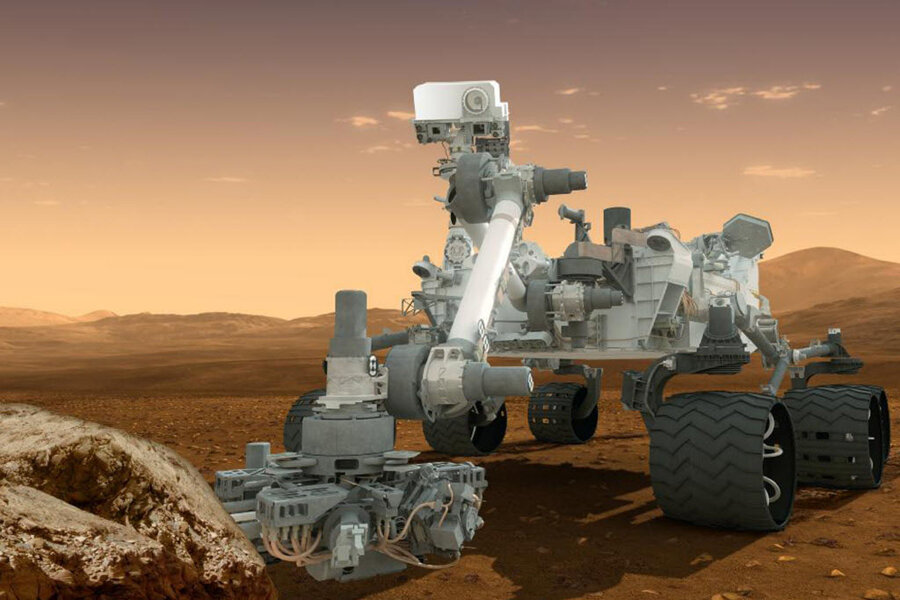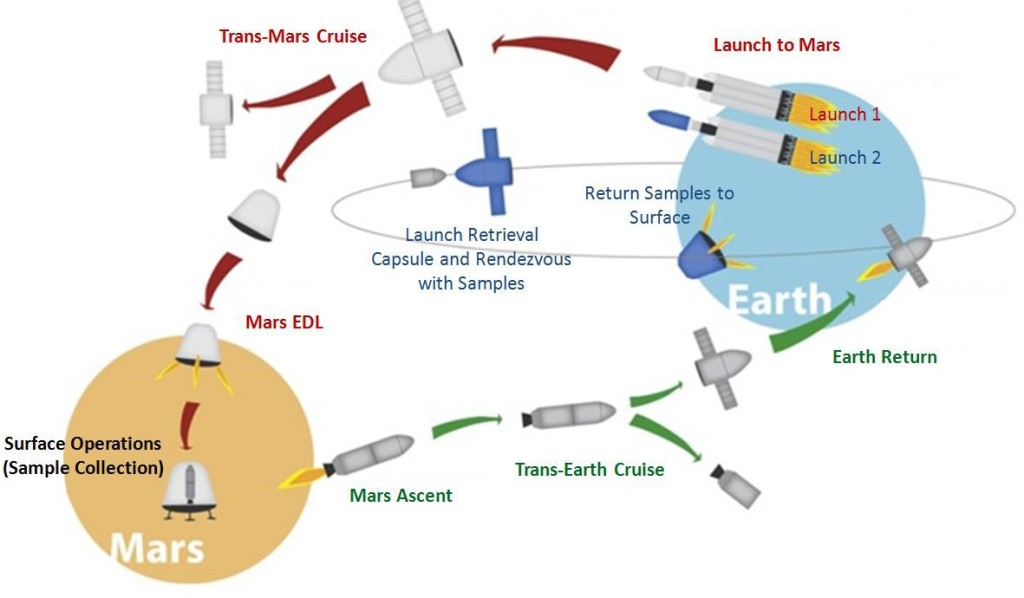
Rebecca Ferguson plays Miranda North, a planetary protection officer aboard the International Space Station, in the movie “Life.” (Sony Pictures Digital Productions)
Spoiler Alert! This article doesn’t reveal any major plot twists, but wait to read it if you’re trying to stay totally in the dark about the plot of the movie “Life.”
Let sleeping Martians lie, particularly if they have a strong grip: That’s one of the lessons you could take away from “Life,” the first monster movie set on the International Space Station.
The movie – which opens today and stars Jake Gyllenhaal, Rebecca Ferguson and Ryan Reynolds – blends the gory horror of “Alien” with the harrowing suspense of “Gravity.” It’s a tour de force of simulated zero-G acrobatics (done mostly with ropes and wires). And it’s an orbital illustration of Murphy’s Law: Anything that can go wrong with having an alien on board does go wrong.
Purists may have questions about just how wrong it goes. Could a minuscule life form brought back from Mars really get that big that quickly? Is it really possible to combine neural, muscular and sensory functions in one cell? And just how easy is it for things to come loose (or get loose) on the space station?
The deepest question may well be, does this nightmare have any chance of happening in real life?





